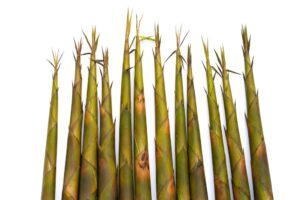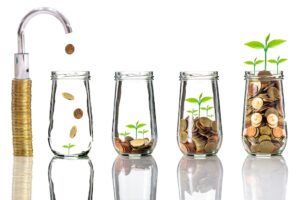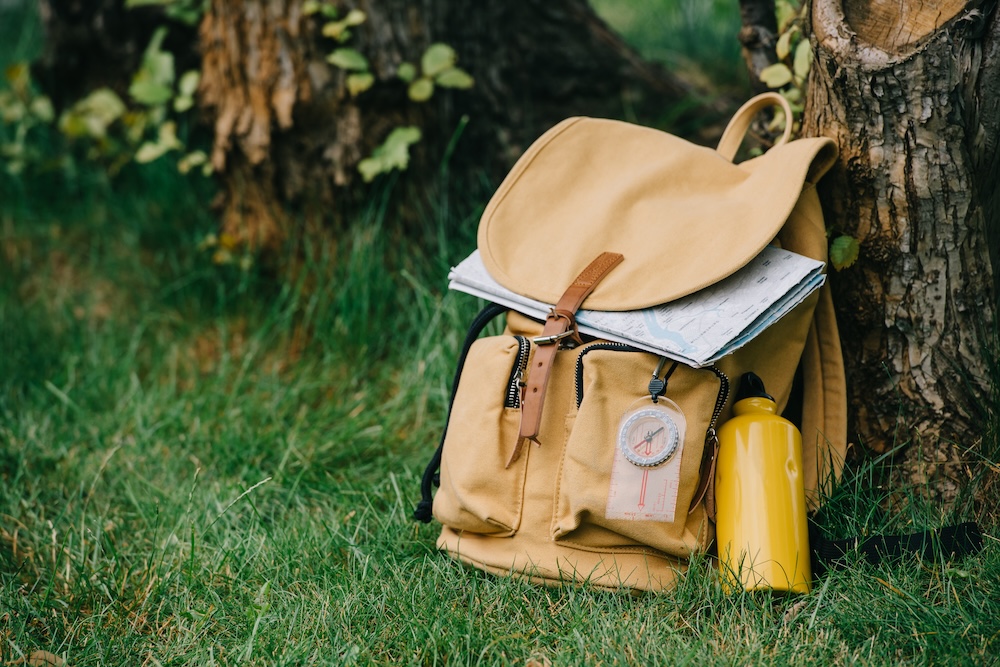As awareness of fashion’s environmental impact grows, more consumers are choosing sustainable, vegan alternatives for everyday essentials like backpacks and purses. These choices don’t just reduce harm — they also ripple outward, supporting circular economy thinking, ethical supply chains, and long-term environmental health.
In this guide, we’ll explore innovative materials that go beyond “eco-friendly” buzzwords. From cork bark to mushroom leather, each option shows how small shifts in what we carry can add up to a more sustainable fashion future.
Types of Sustainable and Vegan Materials
Cork
Harvested from the bark of cork oak trees without harming them, cork is renewable and regenerates naturally. Its unique texture makes it stylish as well as sustainable.
Advantages: Renewable, durable, lightweight, water-resistant.
Considerations: Pricier than some options, can crack if neglected.
Piñatex
Made from discarded pineapple leaves, Piñatex transforms agricultural waste into a leather-like material.
Advantages: Waste-reducing, innovative, water-resistant, long-lasting.
Considerations: Limited supply, requires careful maintenance.
Hemp
Hemp grows quickly with minimal water and pesticides, making it a low-impact textile. Its durability has made it a staple in sustainable fashion.
Advantages: Long-lasting, breathable, antimicrobial, mold-resistant.
Considerations: May need specific cleaning, limited mainstream availability.
Recycled Polyester
Created from post-consumer plastic bottles, recycled polyester helps divert plastic from landfills.
Advantages: Affordable, strong, easy-care.
Considerations: Can shed microplastics, less breathable than natural fibers.
Organic Cotton
Unlike conventional cotton, organic cotton is grown without toxic pesticides or fertilizers, protecting ecosystems and farm workers.
Advantages: Soft, hypoallergenic, breathable.
Considerations: May cost more and wear out faster than hemp or cork.
Mushroom Leather (Mycelium)
Made from the root structure of fungi, mycelium leather is grown on agricultural byproducts. It looks and feels like leather but breaks down naturally.
Advantages: Biodegradable, antibacterial, durable.
Considerations: Expensive and still emerging in scale.
Sustainability and Environmental Impact
Traditional leather and synthetics demand high water, chemical, and energy use, creating pollution and waste. By contrast, cork, hemp, and organic cotton regenerate naturally, while Piñatex and recycled polyester reuse what would otherwise be discarded.
These shifts lower greenhouse gas emissions, conserve resources, and reduce landfill waste. Choosing one sustainable bag may feel small, but it’s a step that ripples outward — influencing demand, shaping industry practices, and protecting ecosystems.
Want to take this further? Explore our guide on [zero waste fashion] for more ways to align your wardrobe with sustainability.
Social and Ethical Impact
Leather and synthetics often come with labor exploitation and animal cruelty concerns. Vegan alternatives tend to avoid these harms, and many brands adopting them also commit to fair labor and transparent supply chains. Supporting these materials helps drive equity and compassion in fashion.
Care and Maintenance
Sustainable bags last longer with thoughtful care:
- Wipe with a damp cloth and mild soap.
- Avoid harsh chemicals or excessive sunlight.
- Follow brand-specific guidance (especially for Piñatex or mushroom leather).
Extending the life of your bag is itself a circular act — repair, repurpose, or share instead of replacing prematurely.
Final Thoughts
Choosing sustainable materials like cork, hemp, Piñatex, recycled polyester, organic cotton, and mushroom leather is more than a style decision. Every choice reduces waste, cuts emissions, and supports fairer supply chains.
When we carry sustainability with us — literally — we send ripples into the world, proving that fashion can be both functional and regenerative.









Reader Interactions